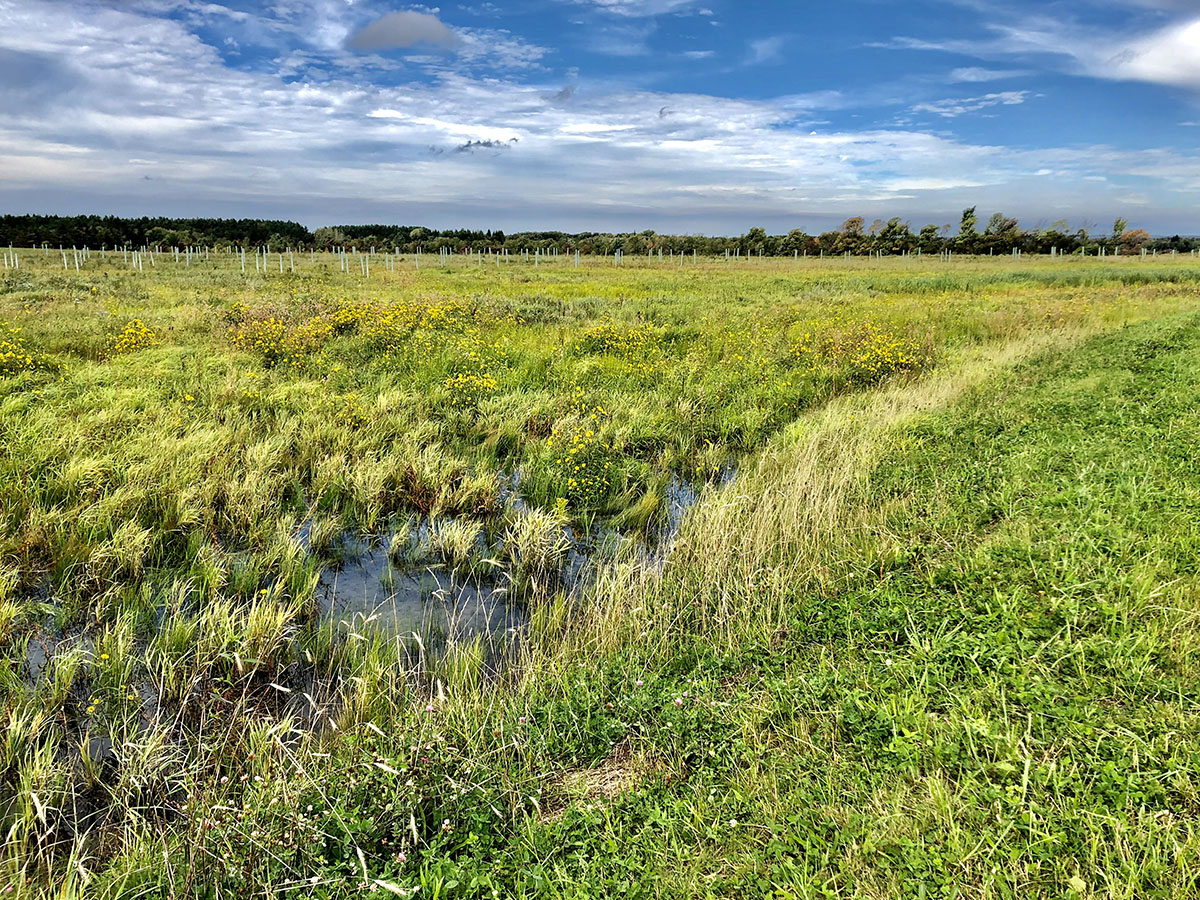New York Mitigation Will Offset Renewable Energy Projects
Ducks Unlimited’s In-Lieu Fee program is closing in on 1,500 acres conserved statewide
Ducks Unlimited’s In-Lieu Fee program is closing in on 1,500 acres conserved statewide

Ducks Unlimited (DU) has several In-Lieu Fee mitigation projects in New York that can meet the New York Office of Renewable Energy Siting’s Renewable Action through Project Interconnection and Deployment (RAPID) Act, which was passed in April 2024 to streamline permitting for major renewable energy and electric transmission projects. It replaced Executive Law 94-c with Public Service Law Article VIII, giving the Office of Renewable Energy Siting and Electric Transmission (ORES) responsibility for project approvals. The RAPID Act consolidates environmental review and permitting of major renewable energy facilities under ORES, establishes predictable regulatory timelines, and expands approvals to include major electric transmission projects.
Through the passage of the Climate Leadership and Community Protection Act in 2021, New York committed to obtain 70% of the state’s electricity from renewable sources by 2030 and reach carbon neutrality by 2050. Based on New York’s commitment to increasing the share of energy coming from renewable sources, expediting the approval process and taking a common-sense approach, current mitigation offsets can be used properly.
“Ensuring that we are putting high-quality wetlands on the landscape, and facilitating rather than slowing down renewable energy projects is part of what’s needed to meet this ambitious shift to renewable energy,” said Dr. Patrick A. Raney, Director of Mitigation Programs for DU. “DU has demonstrated ILF credits can be delivered in New York and can be scaled as we push for greater alignment with State-permitting.”
DU has secured 1,467-acres through its first 11 ILF projects in New York, averaging 133 protected acres per project. These larger mitigation projects improve plant and animal diversity (more so than smaller isolated projects that are typical in the absence of such a program). With DU’s track record of delivering ILF projects.
“Our hope is to see New York continue to support the use of ILF and mitigation banking to allow critical renewables and infrastructure improvement projects to draw from established credit pools,” Raney said.
Ducks Unlimited uses cookies to enhance your browsing experience, optimize site functionality, analyze traffic, and deliver personalized advertising through third parties. By continuing to use this site, you agree to our use of cookies. View Privacy Policy